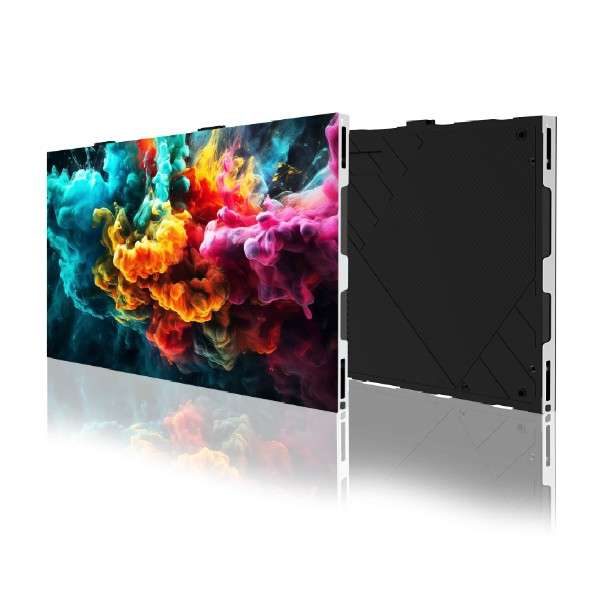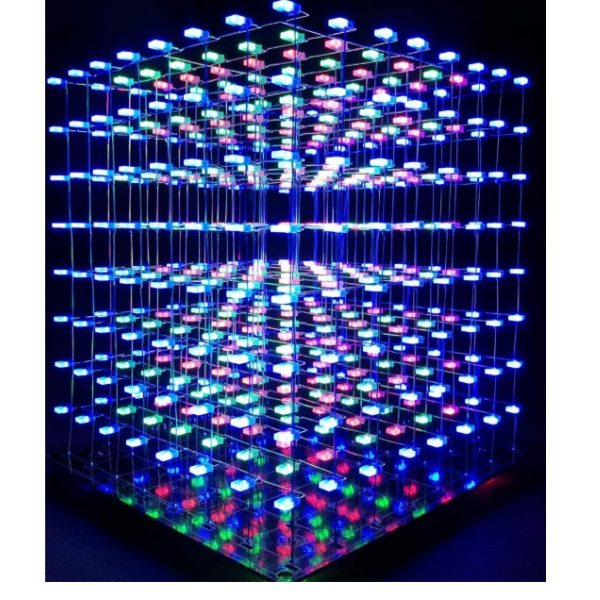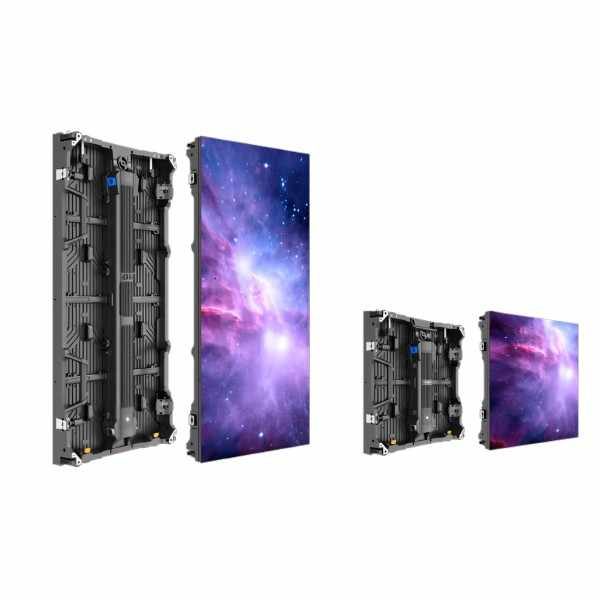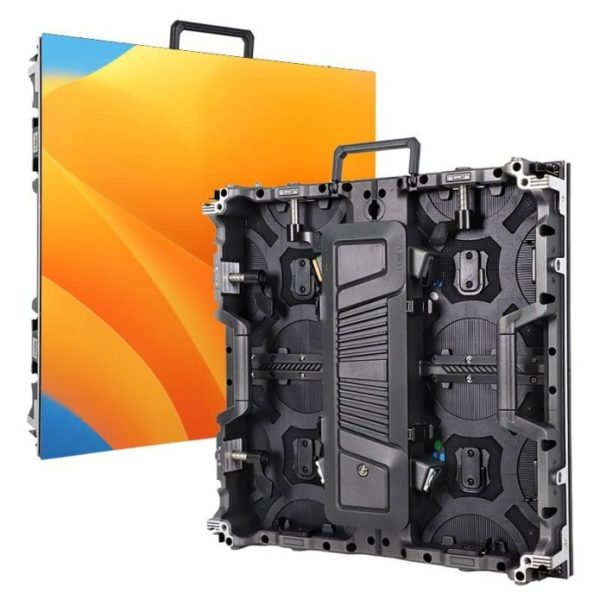Designed for ground display, adapt to high-intensity pedaling.
Fully enclosed heat dissipation structure, stable performance, strong and durable.
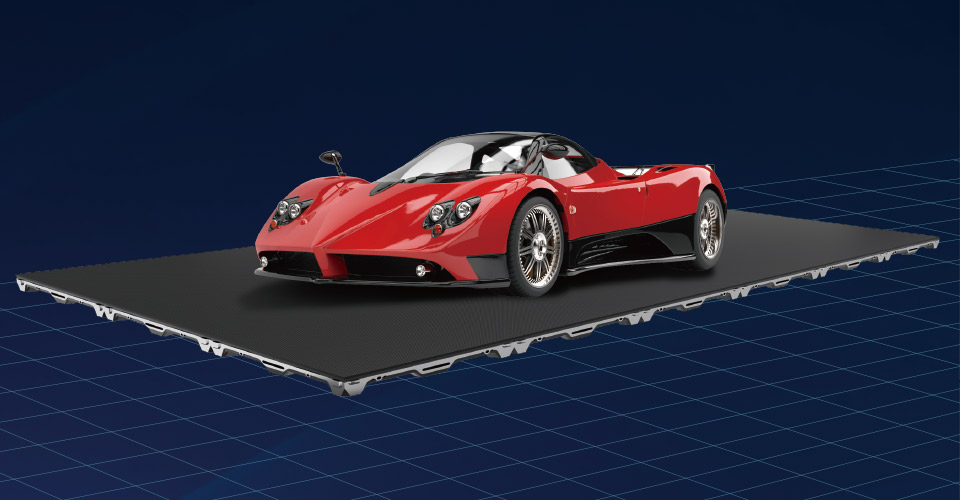
Multi Pixel Pitches For Options
2.6mm / 2.97mm / 3.91mm /4.81mm / 5.2mm / 6.25mm
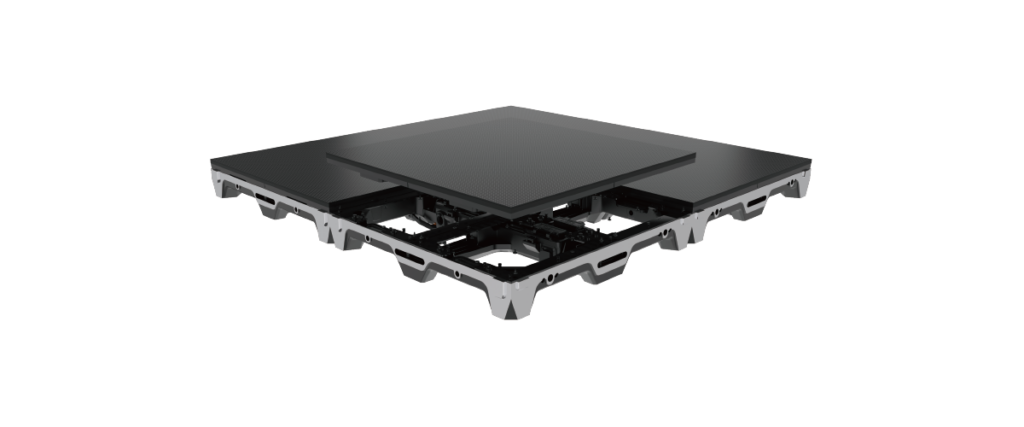
Strong and Sturdy
Thicker plates, safe bearing capacity of 1500kg/㎡.
Front and rear IP65 protection grade.
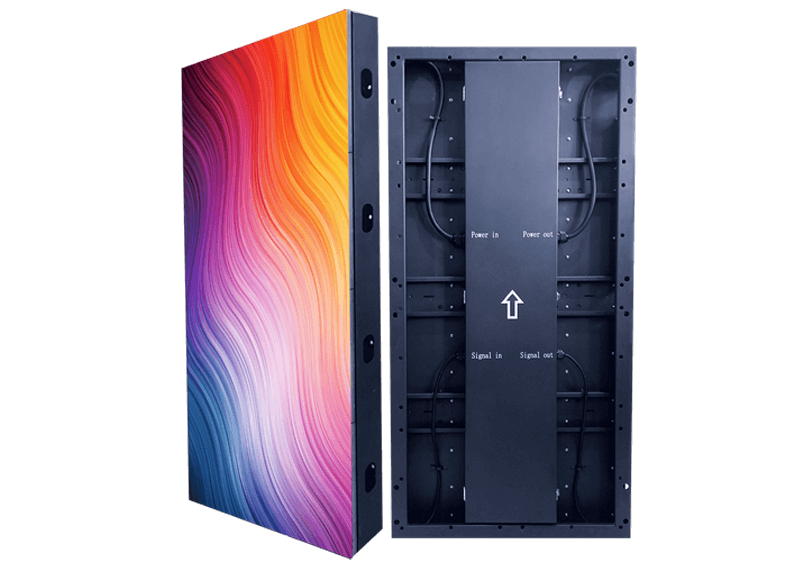
Stable performance
The mask is made of high-strength PC composite material, which has high wear resistance, UV resistance, scratch resistance and stable performance.
Interactive led floor tile
The core of each module features an LED display panel (typically high-brightness and high-resolution), protected by a high-strength, wear-resistant transparent surface layer (such as tempered glass or polycarbonate).
Their defining characteristic is interactivity:
Built-in sensors: Modules integrate pressure sensors (detecting footsteps) and/or motion sensors/cameras (tracking user position, movement, and even gestures).
Real-time response: When people walk on or move near the tiles, the sensors immediately detect motion.
Visual feedback: Detected motion data is instantly transmitted to the control system. Based on pre-programmed routines, this system drives the LED panels to display corresponding dynamic changing images, animations, light effects, or game interactions
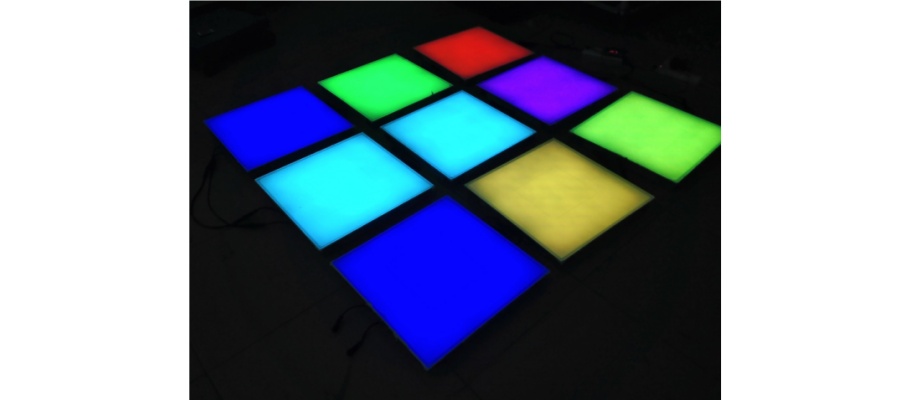
Floor Tile LED Lighting
Floor Tile LED Lighting is a modular illumination system designed as an alternative to or integrated with conventional floor tiles. These tiles feature embedded LED lights beneath a durable, wear-resistant surface, primarily providing static or preset lighting effects that emphasize functionality and ambient enhancement.
Core Features:
Light Source: Each tile module incorporates high-efficiency LED lights.
Durable Surface: LEDs are protected by a wear-resistant, robust top layer—typically tempered glass or polycarbonate—which may be semi-transparent or transparent.
Functional Lighting:
Ambient lighting (creates atmosphere)
Functional illumination (e.g., lights pathways, stair treads, and dimly lit areas)
Accent lighting (highlights specific zones or decorative elements).
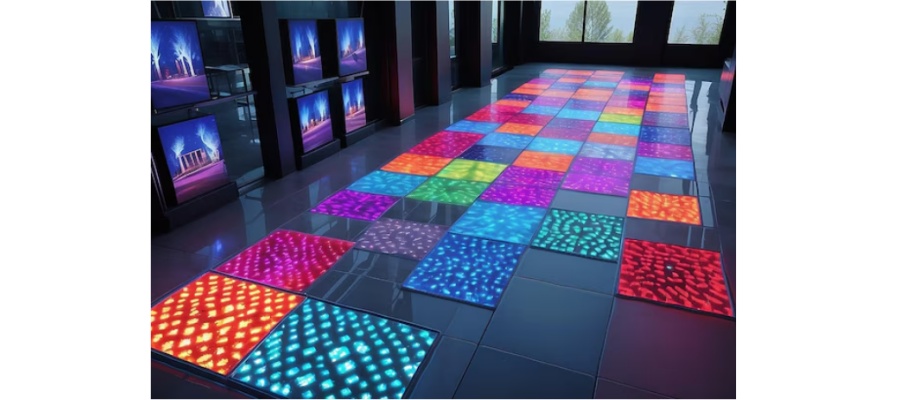
LED Liquid Floor Tile
LED Liquid Floor Tile is an interactive LED flooring system that simulates liquid dynamics. Through a specialized structure (e.g., double-layered glass sandwiching a liquid layer + LEDs), it creates realistic flowing light effects, generating immersive ripple or wave responses when stepped on.
core features:
Liquid Visual Effects
Surface sealed with a transparent liquid layer (typically oil-based solution or elastic gel)
High-brightness underlying LEDs refract through the liquid, producing dynamic ripples, light streams, or bubble effects
Pressure-Sensing Interaction
Physical liquid flow upon stepping + pressure sensors trigger LED programming
Generates real-time responses like ripple diffusion or color separation (e.g., colored ripples radiating from footsteps)
Robust Protective Structure
Waterproof encapsulation: IP67/IP68 rating (common standard)
Tempered glass surface withstands loads ≥200kg/m²
Low-Power Control
Energy-efficient LEDs compatible with DMX512/wireless control for adjusting light colors/patterns
Application
Commercial Spaces: Exhibition halls/nightclub dancefloors (dynamic crowd attraction)
Themed Venues: Science museums/aquariums (simulating ocean effects)
Architectural Art: Public installations/immersive corridors
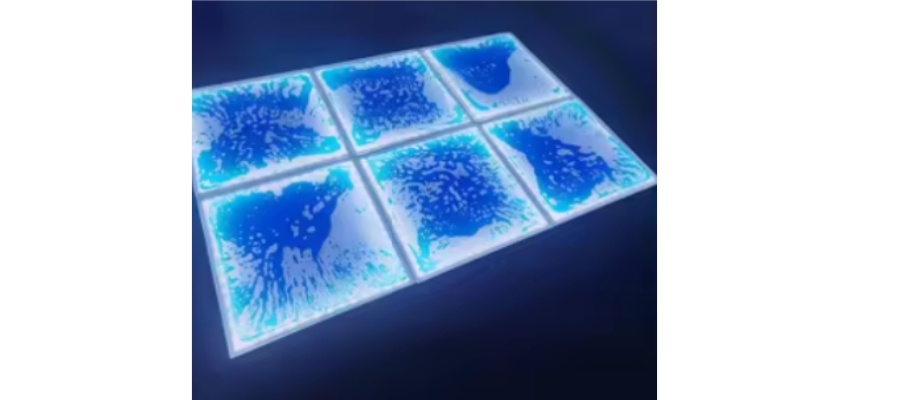
LED Tile Dance Floor
A pressure-sensitive interactive dance floor where steps trigger real-time light effects synchronized to music, transforming movement into dynamic visual spectacles.
Amplify Immersive Atmosphere:
“Guide dancers’ movements through flowing light visuals to energize the entire space.”
Zero-Learning-Curve Interaction:
“No wearable devices needed — steps become the controller.”
Maximize Commercial Value:
“Attract prolonged customer engagement + drive organic social media exposure (viral hotspot).”
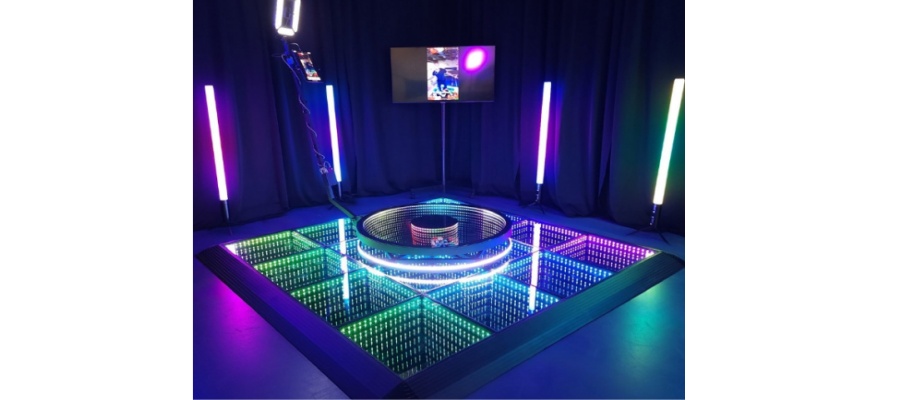
LED Floor Tile Game
An LED floor tile game is an interactive platform composed of intelligent, light-emitting floor tiles. Players engage by stepping on the tiles to play various games, while the lights respond in real-time to their movements, creating a dynamic and visually entertaining experience.
Hardware Composition:
Multiple LED Tiles: These are the core components of the game. Each tile is an independent unit, typically square-shaped.
LED Lights: Each tile contains one or more colored LED lights capable of producing various colors and lighting effects (turning on/off, flashing, changing colors).
Pressure Sensors: Tiles are equipped with built-in sensors (such as capacitive, piezoelectric, or piezoresistive) capable of detecting player steps or jumps.
Control Hub: A central controller (computer, microprocessor, or dedicated game console) runs the game program, processes sensor signals, and controls the lighting effects of all tiles.
Connectivity: Tiles are connected to each other and communicate with the controller via cables (e.g., Ethernet) or wireless connections.
Core Gameplay:
Interactivity: Players interact by stepping on or jumping onto specific tiles during gameplay.
Visual Feedback: The system dynamically changes the color and pattern of the tile lights based on the game logic and player actions, providing immediate visual feedback and guidance.
Game Diversity: The system can run various types of game programs. Common examples include: memory games, rhythm/dance games, and reaction games
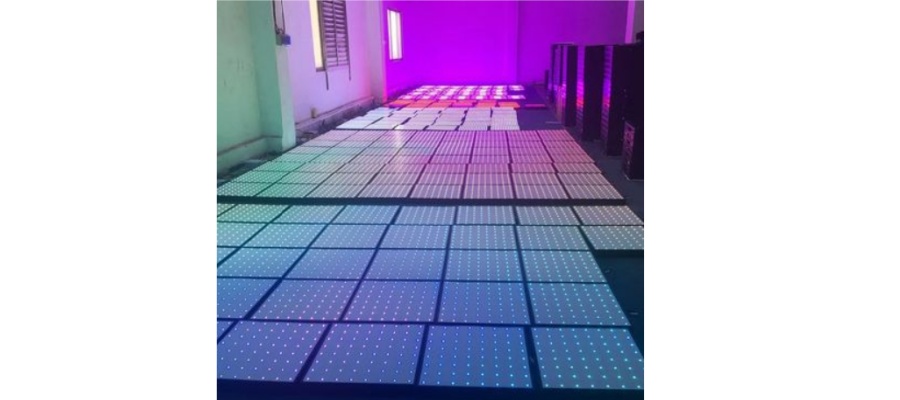
Seamless Splicing
No need installing steel structure or digging the floor.
The flatness of the whole screen is less than 1mm, realizing seamless splicing.

